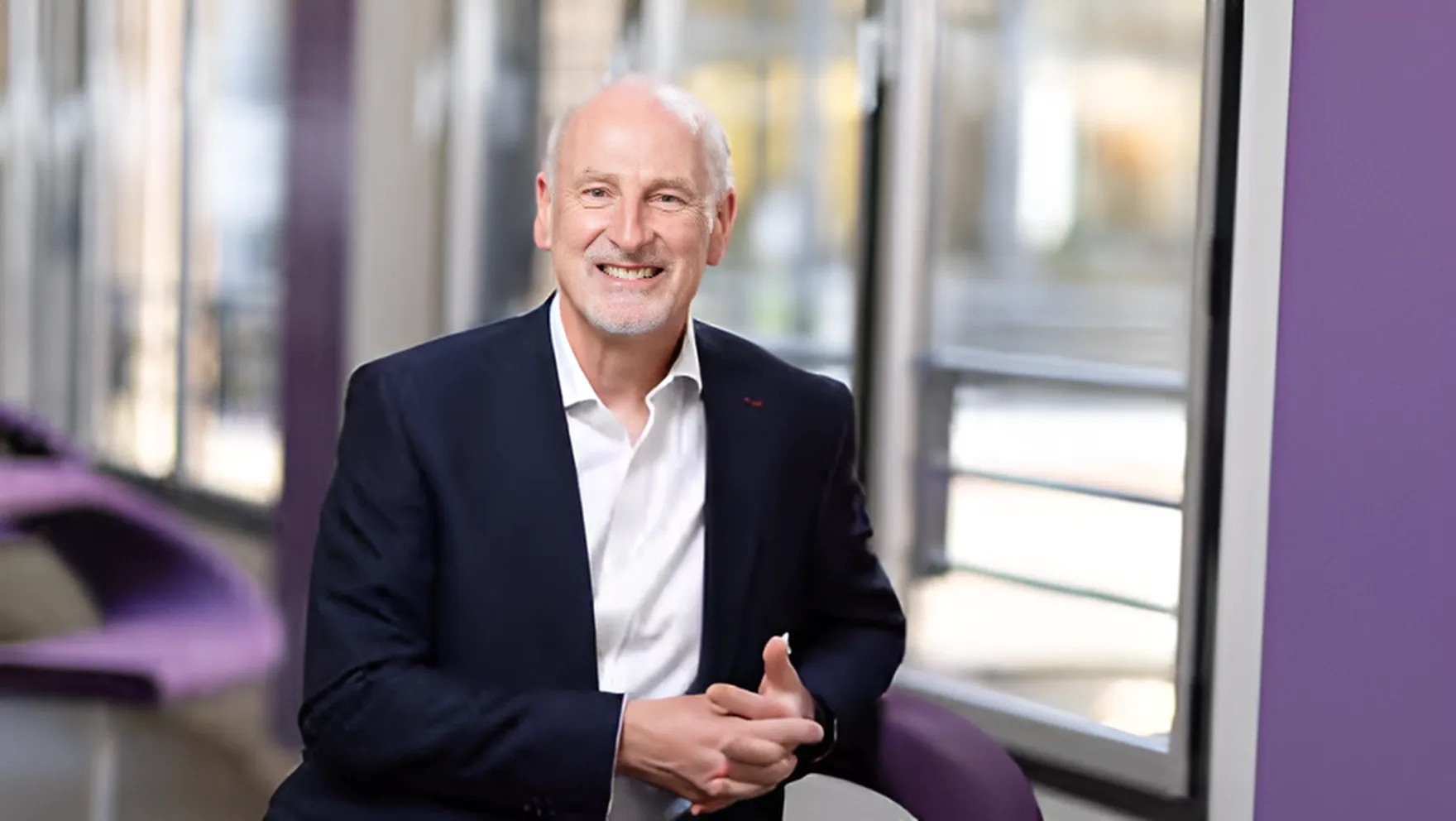Customer Experience Is Everything
In 2009, startup Airbnb’s revenues had flatlined to $200 per week, and the future looked bleak. After poring through the listings on their website, the founders discovered a weakness. They flew to New York, rented professional camera equipment and overhauled all the listing photos, replacing them with beautiful, high-resolution images, co-founder Joe Gebbia told First Round Review. Revenues doubled the following week, and the quality of Airbnb’s listings became one of the factors that enabled it to break out of the pack.
“In order to compete today, CEOs need evolutionary skills that will ensure their survival in a fast-changing climate.”
—Tim Brown,
chair, IDEO
Upgrading photos was not the kind of code-based solution internet startups are known for. Instead, it was a solution fundamentally about understanding what customers need. It is also a powerful example of design thinking, a concept that has captured the imaginations of companies like Google, Samsung and GE and is being taught at some of the world’s leading universities. Design thinking is a user-focused approach to ideation that involves empathizing with the customer, questioning assumptions and refining solutions through constant iteration. Share on X (A solution can be a product, process or service.) Human-centered design, which has also gained currency in the business world, goes a step further. Broadly speaking, it is a mindset that can complement design thinking, ensuring that a solution not only meets customer needs but serves them for the long term.
As more organizations focus on customer experience, design thinking has moved into the mainstream. For example, global design firm IDEO used it to invent Bank of America’s “Keep the Change” savings program, which automatically rounds up the value of customer purchases and banks the excess. And Stanford Hospital used it to redesign two nursing units to serve the unique needs of cancer patients.
Design thinking integrates all stakeholders into the process, and that is where it differs from traditional operations at many organizations. “Most humans are driven by a fear of mistakes, so they focus more on preventing errors than on seizing opportunities,” Jeanne Liedtka, a professor at University of Virginia’s Darden School of Business, wrote in Harvard Business Review.
In contrast, design thinking embraces risk, building upon ideas and supporting even far-fetched notions. Team members often spend days in the field watching customers use their product and services or are tasked with putting themselves in their customers’ shoes. Instead of focusing on limitations, the process envisions outcomes and invents ways to achieve them. Human-centered design looks at an even bigger picture, going beyond building solutions to envision how people’s lives can be improved in the long term.
In an era with so little margin for error, there is no other way to go but to create engaging user experiences.
Tim Brown, who helped popularize design thinking as CEO of IDEO, believes it is an essential C-suite competency. “In order to compete today, CEOs need evolutionary skills that will ensure their survival in a fast-changing climate,” Mr. Brown, now IDEO’s chair, wrote on the firm’s blog. “Business fitness now means learning how to be agile, resilient and creative. It means adapting to the marketplace in quick generational cycles. … [I]t requires being able to think like a designer.”
This article appeared in the Winter 2020 issue of Insigniam Quarterly, with the headline “Future Four: Users Above All Else.” To begin receiving IQ, go here.



